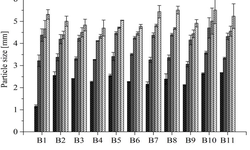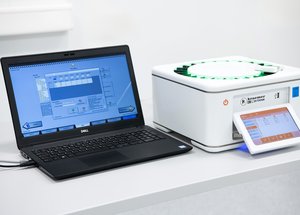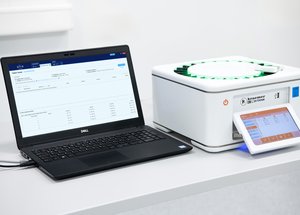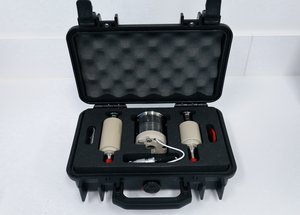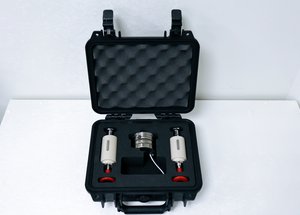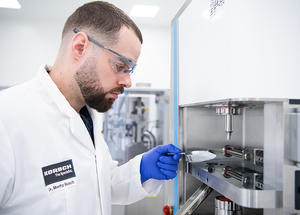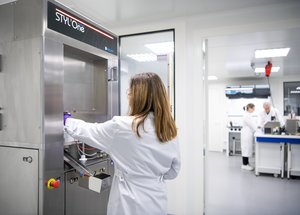Scientific papers
The preferred route for drug administration is oral, and tablets stand out as the most prominent oral dosage form due to their advantages in dose precision, stability, simplicity, cost-effectiveness, and suitability for large-scale production. Compressed tablets, the most widely used type, typically consist of a blend of active pharmaceutical ingredients (APIs) and appropriate excipients. Dissolution-enhancing excipients, crucial for efficient oral drug delivery and high bioavailability, play a key role. However, instability issues associated with some excipients necessitate a comprehensive investigation to develop stable and effective tablets, which can be time-consuming and expensive. SmartFilms technology, an innovative approach embedding drugs in a cellulose-based paper matrix in an amorphous state, enhances aqueous solubility. Despite its proven efficacy, large-scale production challenges hinder its recognition in the pharmaceutical industry. Limited flowability of paper cutouts may obstruct the compression process, leading to dose variation. Additionally, the impact of smartFilm tablets on the bioactivity of loaded drugs remains unclear. This thesis explores smartFilm tablets as a potential industrially feasible solution to enhance solubility and bioactivity for poorly water-soluble APIs.
In the initial part of the thesis, the transformation of unloaded smartFilms (paper) into a flowable form was investigated, assessing the influence of sucrose as a binder on material behavior under compression and the properties of obtained tablets. The cellulose-based paper was successfully transformed into granules with good flowability, allowing continuous tablet production. The mechanical behavior of paper granules under compression resembled classical binders and compression enhancers, suggesting their suitability for large-scale tablet production.
The subsequent sections of the thesis focus on the impact of smartFilm tablets on the oral delivery and bioactivity of two poorly water-soluble APIs, curcumin and norfloxacin, using an ex vivo porcine intestinal model. The results demonstrated the successful transformation of curcumin-loaded smartFilms and norfloxacin-loaded smartFilms into smartFilm granules and tablets, preserving the amorphous state of the incorporated drugs. These tablets met European Pharmacopoeia criteria for various parameters. Incorporation of curcumin or norfloxacin into smartFilm tablets led to a significant increase in dissolution rates, particularly in the initial release phase. Ex vivo studies on intestinal permeability showed enhanced permeability of curcumin from smartFilm tablets compared to a physical mixture tablet and a classical marketed product. Norfloxacin from smartFilm tablets exhibited a two-fold higher antibacterial activity compared to the physical mixture tablet.
The thesis concludes that smartFilm tablets present a cost-effective, universally applicable, and industrially feasible formulation approach for improving solubility and enhancing bioactivity of poorly water-soluble APIs, including BCS class II and IV drugs.
Comments
No comments posted yet.
Add a comment

